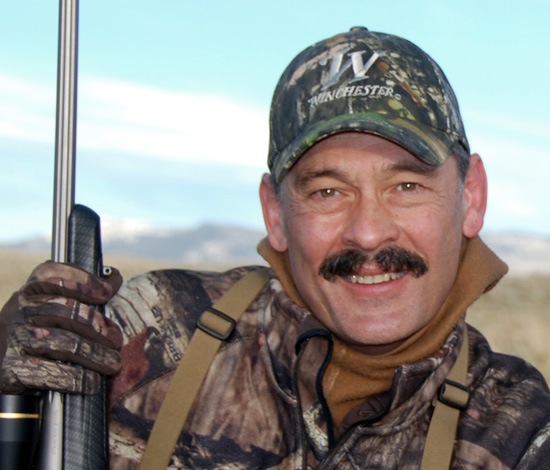Choosing the Ideal Cartridge for Your Type of Hunting
Once upon a time American deer hunters had to choose between a 30-30 Winchester and a 30-06 for deer, bear and elk hunting. There was no 308 Winchester, no 300 WSM and no 300 Winchester Magnum.
Heck, there was no 270 Winchester either. No 270 WSM, no 7mm WSM or 243 Winchester or…Last time I looked, the Winchester ammo catalog offered ammunition for 66 different centerfire rifle cartridges. I didn’t even count the handgun options. Sixty-six is more than enough to choose from for this big gamehunter. Obviously, some rounds like the 17 Hornet and 458 Winchester Magnum are easy to brush from consideration. But that leaves plenty for a dilemma: which cartridge do you pick for your deer rifle?
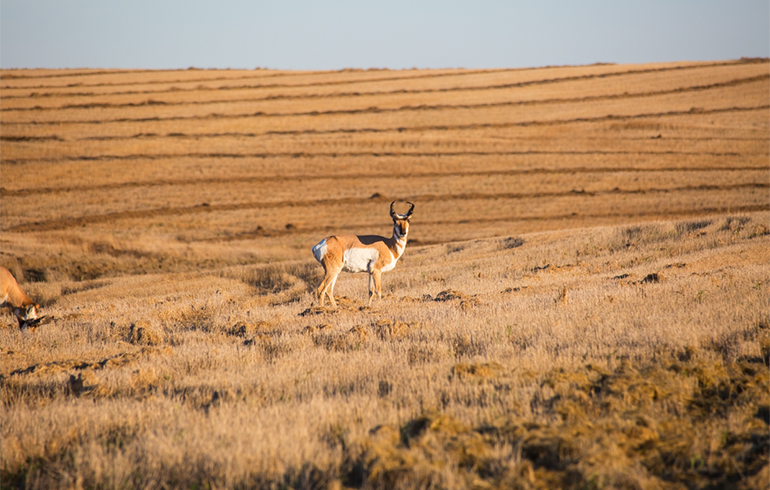
Actually, it’s hard to go wrong whatever you choose. Virtually every cartridge from the 22 Long Rifle through the biggest elephant cartridge has been used to topple virtually every terrestrial mammal on the planet. Some of the smaller ones are not legal for deer hunting, so the safe place to start is the 243 Winchester. At the other extreme, recoil and price of both the rifles and the ammo suggests the 338 Winchester Magnum might be a good upper end option. In between we have wonderful cartridges like the new 6.5 Creedmoor, the classic 270 Winchester, 7mm Rem. Mag., 30-30 Winchester, 308 Winchester, 30-06 Springfield and a couple of 300 Winchester Magnums. They’re all good! But some shoot father than others, some hit harder and some recoil more. These are things you’ll want to consider when shopping for the ideal cartridge.
First, determine what you’ll hunt. If it’s whitetails, mule deer, pronghorns, feral hogs, coyotes and maybe black bears, the 243 Winchester can fill the bill. This is a flat-shooting, mild-recoiling round that flies nearly as flat at the 270 Win., 7mm Rem. Mag. and 300 Winchester Magnum to 300 yards. Its major selling point is recoil so light that almost no one flinches while shooting it. This means even the most recoil sensitive shooter can deliver pin-point strikes to the vitals, and that is what puts meat in the pan. So effective is the 243 Winchester that many westerners use it on elk, but for that we recommend stepping up a bit.
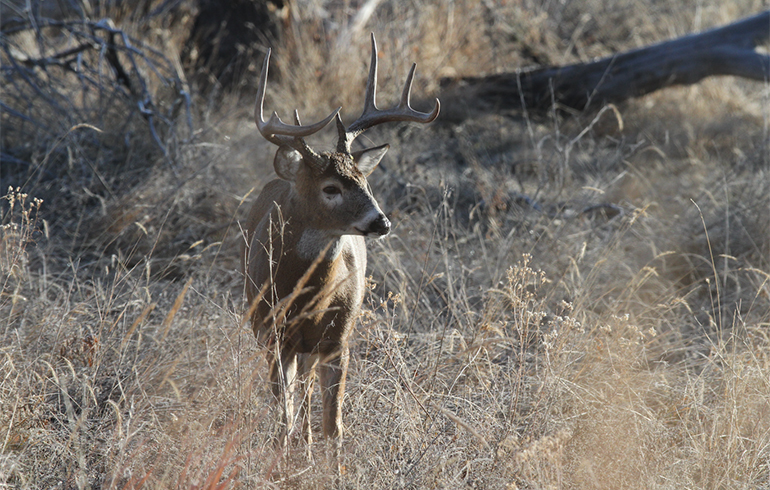
The 270 Winchester has established a stellar reputation as an all-round big game cartridge. Recoil is quite reasonable, yet 130- to 150-grain bullets fly fast enough and penetrate far enough to terminate the biggest deer — and even grizzlies. I wouldn’t recommend this as ideal bear medicine, but it’s worked many, many times. But for deer — including caribou, elk and moose — it’s nigh perfect. Ditto sheep, pronghorns, goats, hogs, bears, coyotes… Really, there isn’t much in North American the 270 can’t do, especially with bullets like Deer Season XP, Power Max Bonded, AccuBond CT and LR, and Ballistic Silvertip.
This broad selection of bullet types makes many other mid-sized cartridges equally effective. From the little 6.5 Creedmoor through the 280 Rem., 7mm-08 Rem., 7mm WSM, 7mm Rem. Mag., 308 Win. and 30-06, Winchester’s load options make these all ideal for general big game hunting. They work anywhere from southeast swamps to north country tundra. Each shoots flat enough to easily be viable to 400 yards, even farther if you and your rifle are accurate enough.
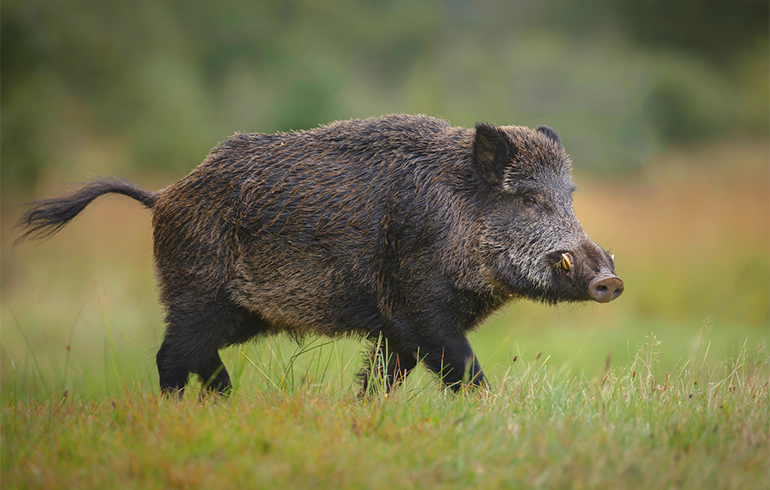
If you’re power hungry, start shopping at the 7mm WSM and browse right up through the 300 WSM, 300 Win. Mag. 325 WSM and 338 Win. Mag. Those last two are considered by many to be the ultimate elk/moose/bear cartridges, and I can’t argue against that. They take some training to shoot well because of rather stout recoil. After all, they are launching 200- to 225-grain bullets at nearly 3,000 fps. That’s some juice!
While contemplating these cartridge options, consider the terrain and habitat you hunt. And the gravity. As a rule, larger calibers come in heavier rifles with longer barrels that might not be ideal to lug up mountains and through tangles. If you’re hunting mainly deer, hogs and bears in thick woods where shots rarely extend beyond 175 yards, the old 30-30 Winchester might be your best option. Quick and easy to carry and shoot in a slim, light Model 94 lever-action with short, 20-inch barrel, the 30-30 takes a back seat to nothing in the woods.
If you cover a lot of country, especially vertical, look to a lighter rifle. A long-range super magnum won’t get you more game if you’re back in camp, too worn out to get deep into the elk mountains. On the other hand, if you prefer to sit a stand or watch a big field, a long-barreled, heavy rifle shouldn’t be a handicap, especially if you use a solid rest.
For optimum reach with minimum recoil, the 6.5 Creedmoor is worth a look. Although it starts slower than the 270 Win., its sleek, high BC bullets conserve energy and allow it to eventually catch and pass the 270, 280 Rem. 30-06 and sometimes even the 300 WSM. Most rifles chambered for it are built for accuracy. Winchester 6.5 Creedmoor ammunition recently shot 1/2 MOA in two 6.5 Creedmoor rifles I tested.
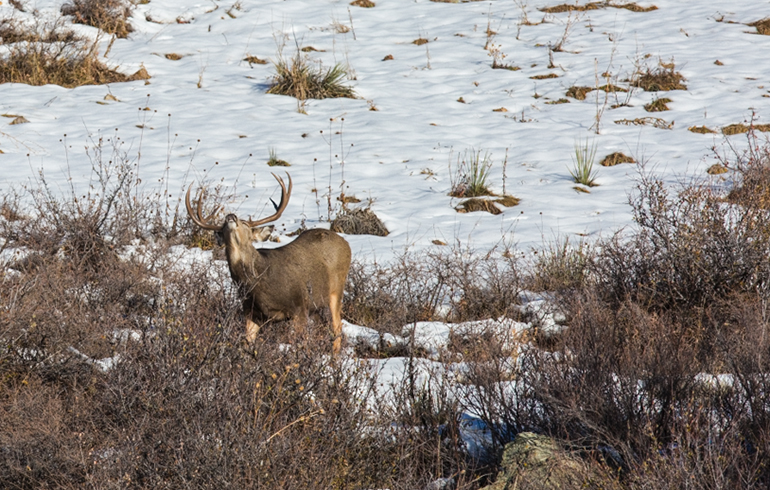
Most American big game hunters settle for a middle-of-the-road rifle capable of doing a little of everything. These usually weight 6.5 to 8-pounds with barrels 22- to 24 inches long. Dedicated hunters usually augment this basic rifle with specialty rigs for specific hunting styles. That’s a big part of the reason why Winchester loads for 66 different centerfire cartridges. Choose wisely.
You can’t own them all. Or can you?
